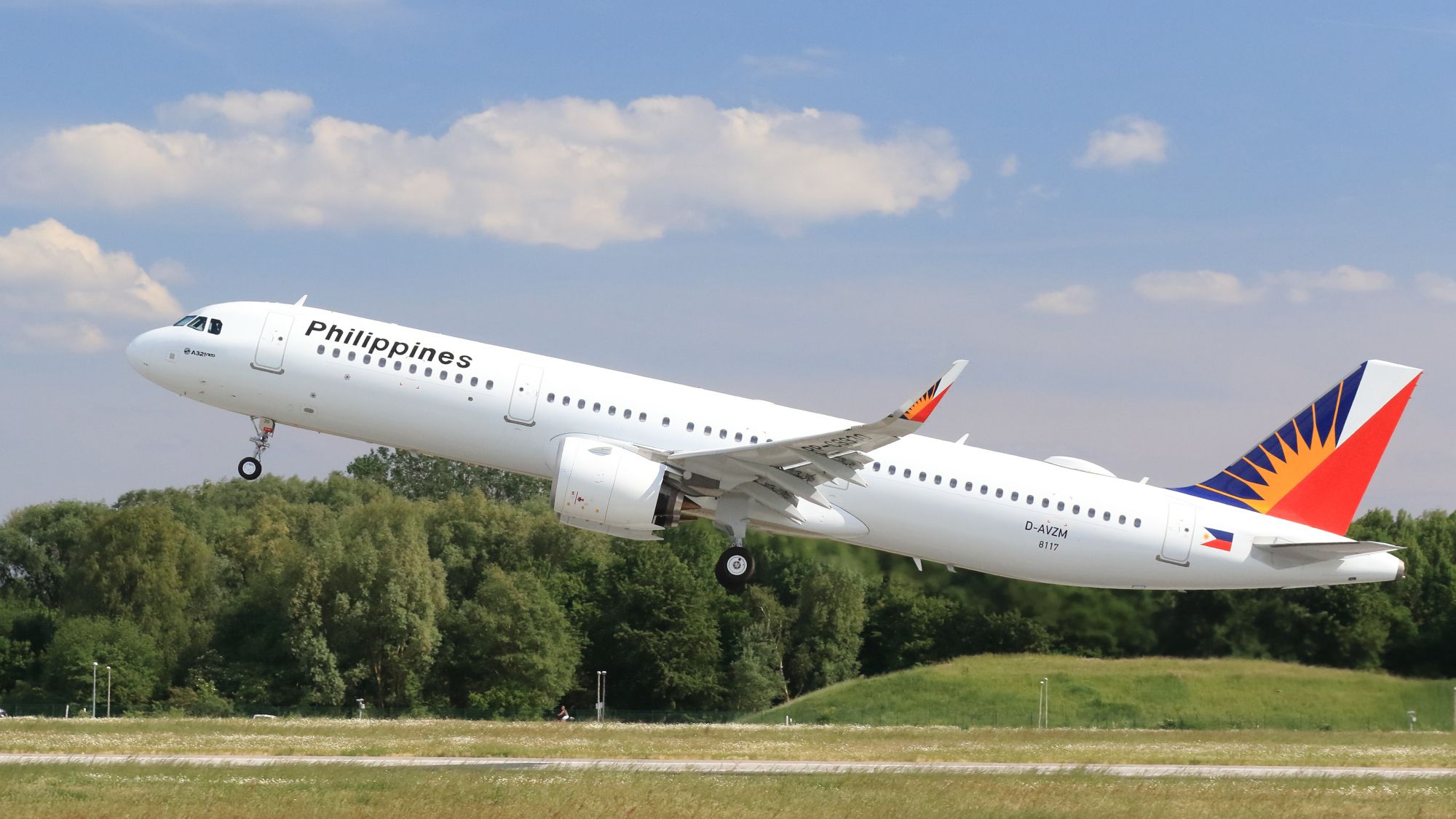
A321neo Philippines Airlines Take Off
UPDATE – Loss-making Philippine Airlines (PAL) expects to exit a deep restructuring before the end of this year, with reduced debts, a repaired balance sheet, and a 25 percent smaller fleet. After months of speculation, PAL confirmed on September 3 that it has filed for Chapter 11 bankruptcy protection with the Southern District of New York bankruptcy court. PAL hopes to exit Chapter 11 before January.
The same court already handles similar Chapter 11 cases of Latin American airlines LATAM, AeroMexico, and Avianca. Philippine Airlines has selected to file the pre-arranged restructuring in New York as most of its creditors and lenders are based outside The Philippines, although it will make a filing there too under the Financial Insolvency and Rehabilitation Act. PAL Holdings and Air Philippines Corporation or PAL Express are excluded from the restructuring, which is supported by Kurtzman Carson Consultants (KCC).
In a video on a dedicated Chapter 11 website, PAL top management explains how hard the airline, which celebrated its 80th anniversary this year, has been hit by the effects of the Covid-crisis since March 2020. It was grounded between March and June last year and has resumed only limited operations since then. The airline lost 75 percent of its passengers, from 30 million in 2019 to 7 million in 2020, said Gilbert Santa Maria, President, and Chief Operating Officer. PAL embarked on a strict cost reduction program and rearranged $360 million in aircraft lease and loan payments, while suppliers extended payment terms.
Despite a $130 million capital injection by its major shareholder (PAL Holding/LT Group), the sale of a core asset, and voluntary pay cuts of $60 million by the staff, in June, the carrier reported a Ps 73 billion ($1.5 billion) net loss in 2020. PAL currently operates at 21 percent capacity to 70 percent of its network. The airline has been forced to reduce its workforce by 2.300 from 4.500, of which over half through involuntary leave.
The Voluntary Petition that has been filed with the New York Court includes a list of the five largest secured claims against Philippine Airlines valued at $866 million. They are PK Airfinance ($334,23 million), Exim loans with a number of banks ($240,1 million), Philippine National Bank ($156,51 million), Banco De Oro Unibank $80,42 million, and China Banking Corporation ($54,83 million). A separate list of forty creditors includes claims worth $1.4 billion.
PAL targets $2.1 billion in aircraft-related obligations
The Chapter 11 restructuring plan seeks court approval for $2.1 billion reductions in aircraft-related obligations and other permanent balance sheet reductions on which the carrier has reached an agreement with lenders, lessors, and creditors. The restructuring will be partly done through a reduction of fleet capacity by 25 percent. Pre-restructuring, PAL had 39 narrow bodies and 31 widebodies. The reduction will occur in both segments while lease costs will be reduced through modified contracts with lenders, lessors, and engine suppliers.
During an online news conference on September 6, PAL provided more details about the fleet reductions. It will return 22 aircraft to lessors, reducing the number of Boeing 777-300ERs from ten to six and the Airbus A350s from six to four. Since then, the airline actually reduced the number of A350s by four, which will be leased by Lufthansa.
According to data from Airbus, PAL still has 13 undelivered A321neo’s from an order of 21. Thaddeus Rodriguez said that PAL has agreed with Airbus to defer deliveries from 2026 to 2030 and has the option to cancel ‘some’ of the aircraft.
PAL Holding/LT Group and domestic commercial banks will infuse $505 million in Debtor-in-Possession (DIP) funding in two tranches to give the resized PAL sufficient liquidity. The DIP facility will be converted in long-term debt and equity as the airline exits Chapter 11 “in a short period of time (…) with fresh capital, lower debt, and a competitive cost structure giving us a sturdy foundation to sustained profitability”, said Chief Financial Officer Nilo Thaddeus Rodriguez. If this has been successful, another $150 million in debt financing will be arranged through global private investors to facilitate post-restructuring activities.
The carrier stresses that it will continue to operate as usual and customers can continue to book flights. All tickets, vouchers, and the Mabuhay Miles program will be honored. As the market recovers, it will rebuild its domestic and international network out of Manila and Cebu. It hopes to resume services to China and Australia as soon as possible. The airline will continue its codeshare and interline partnerships. It also continues to operate all-cargo flights to transport vaccines, medical supplies, and sustain critical supply chains.
A first-day hearing at the New York court is scheduled for September 9. As said, PAL hopes to exit Chapter 11 before January, but adds that it “will work to expedite the process as much as possible.”
Views: 1



